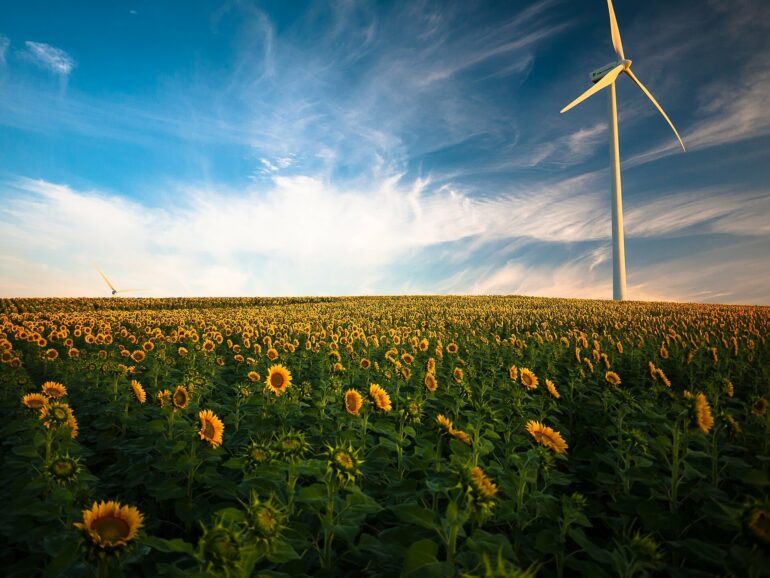Improvements to the Flower Pollination Algorithm (FPA) have been made to enhance the way in which we harvest wind energy for electricity generation. Details are published in the International Journal of Automation and Control.
Amoh Mensah Akwasi and Xie Wei of the South China University of Technology in Guangzhou and Otuo-Acheampong Duku of the School of Electrical Engineering at Wuhan University in Wuhan, China have planted the seed of a significant advancement in optimizing wind power generation by improving the FPA. This algorithm is widely used in engineering, optimization, and machine learning.
The FPA works by creating a bunch of possible solutions, figuratively each of these is a flower. Pollination leads to the transfer of genetic material to produce new plants, which are closer to the optimal solution. The process is repeated with each successive generation of flower solutions coming closer to the best possible solution to a given problem. While the algorithm has been effective for solving many problems its one-way movement towards the best solution can be a sluggish process.
The team’s adjustments to the FPA involve adding a two-stage Luenberger observer controller, with a specific focus on improving wind power generation. This addition allows the algorithm to observe and adapt to both global and local pollination dynamics, significantly improving its efficiency over longer distances between solutions in the flowerbed, or rather, the “solution space.”
From a technical standpoint, the Luenberger observer controller introduces a new structure, enabling the algorithm to move beyond its previous one-way approach. This change is designed to speed up solution convergence and improve efficacy.
The method allows the team to optimize the efficiency of wind turbines by adjusting their rotation speed based on the local and global best solutions obtained through enhanced FPA. Unlike traditional methods, the modified FPA introduces a dual-directional movement for pollinators, enhancing their search for optimal solutions. The team’s simulations and tests show that the modified FPA significantly boosts wind turbine performance, increasing power output and stabilizing fluctuations.
This practical evolution underscores the importance of ongoing research and development into machine learning and bio-inspired algorithmic processes that can lead to innovative solutions in sustainable energy.
More information:
Amoh Mensah Akwasi et al, Observer controller-based structure for a modified flower pollination algorithm for wind power generation, International Journal of Automation and Control (2023). DOI: 10.1504/IJAAC.2024.135090
Citation:
A modified flower pollination algorithm for wind power generation (2023, December 7)



